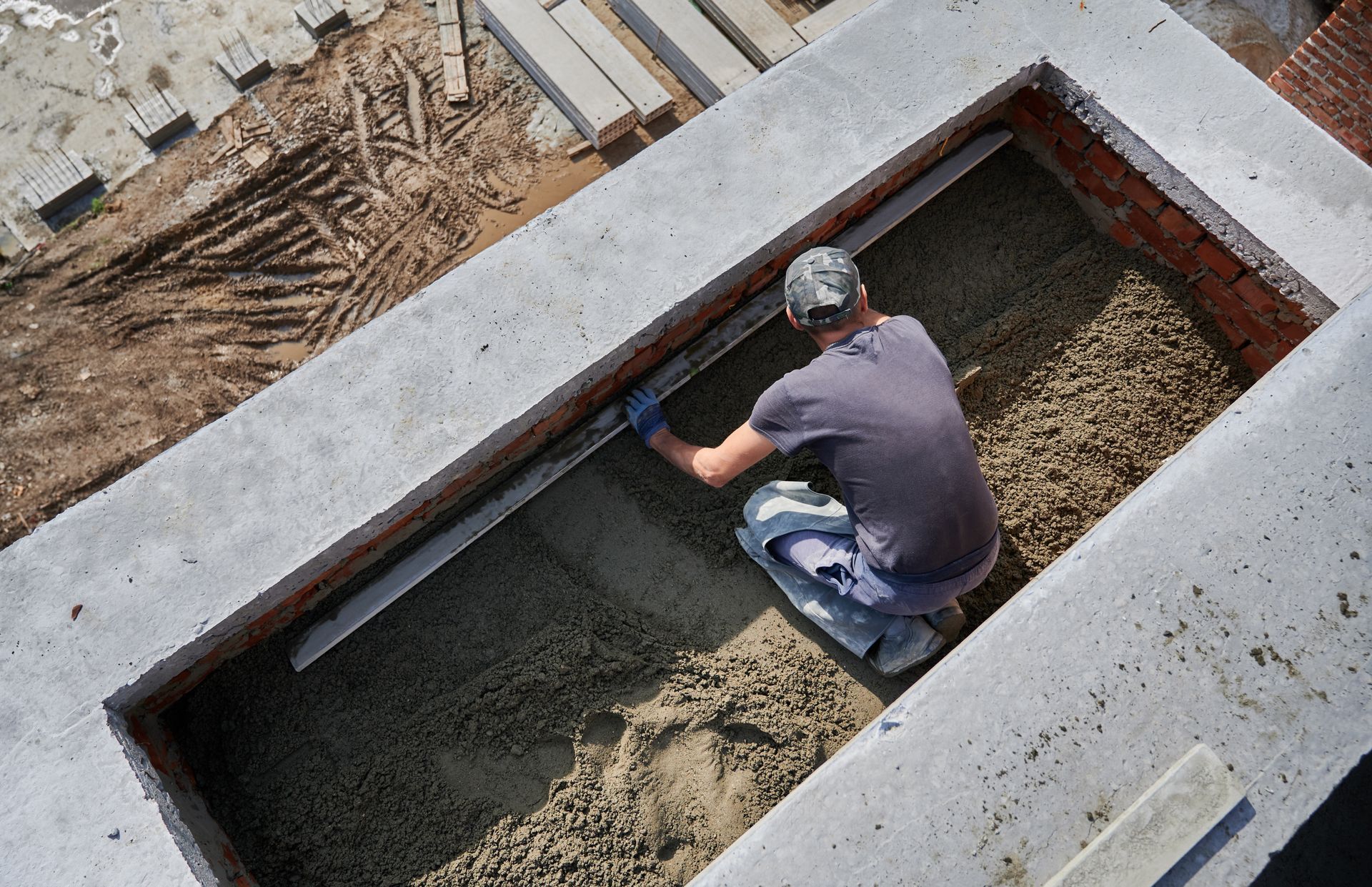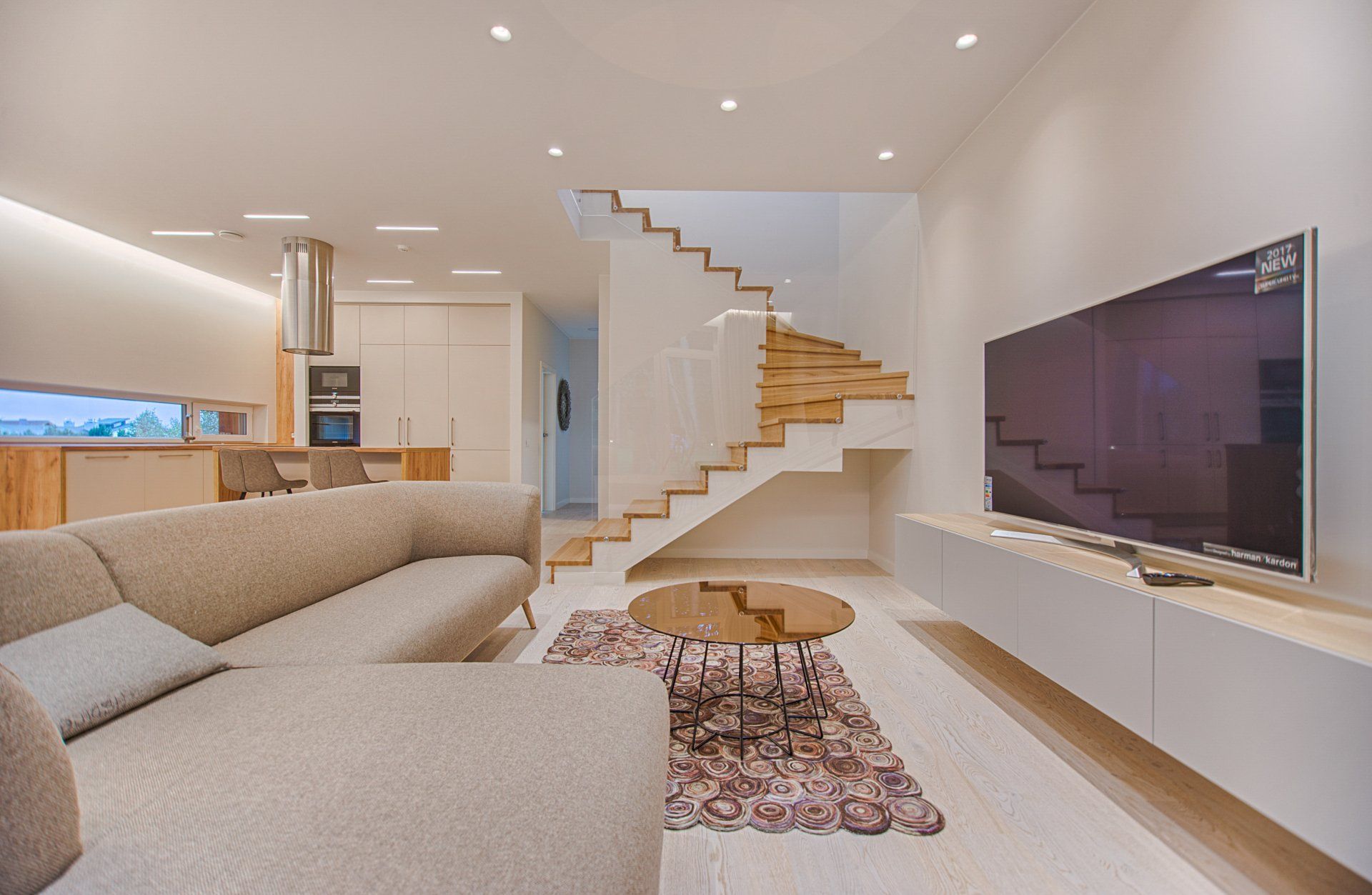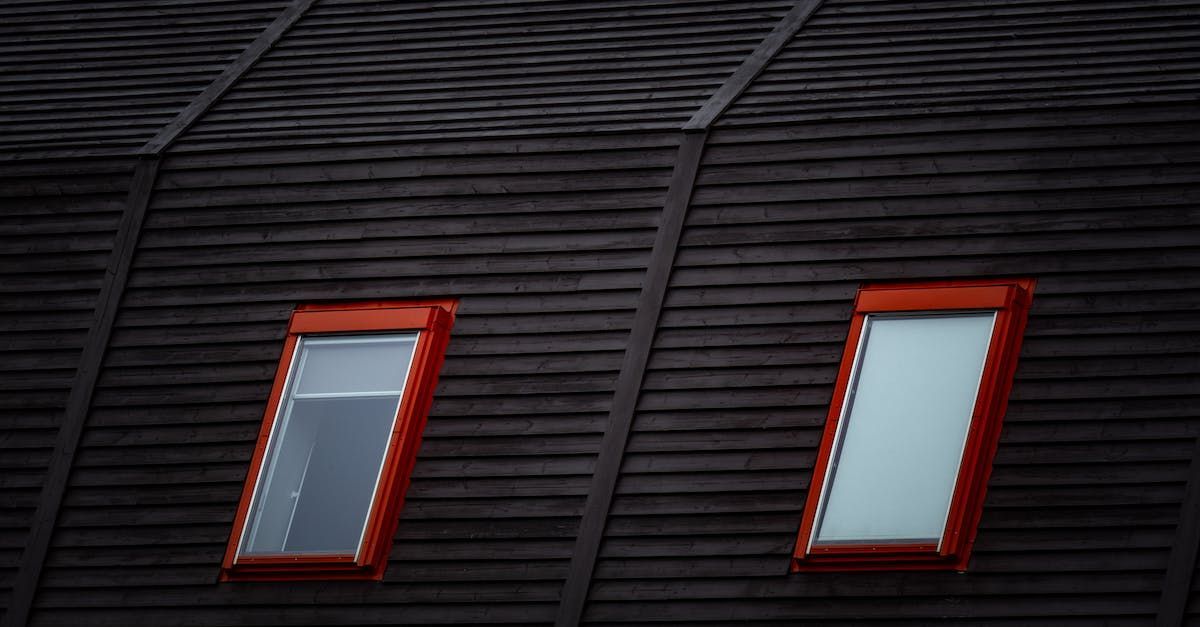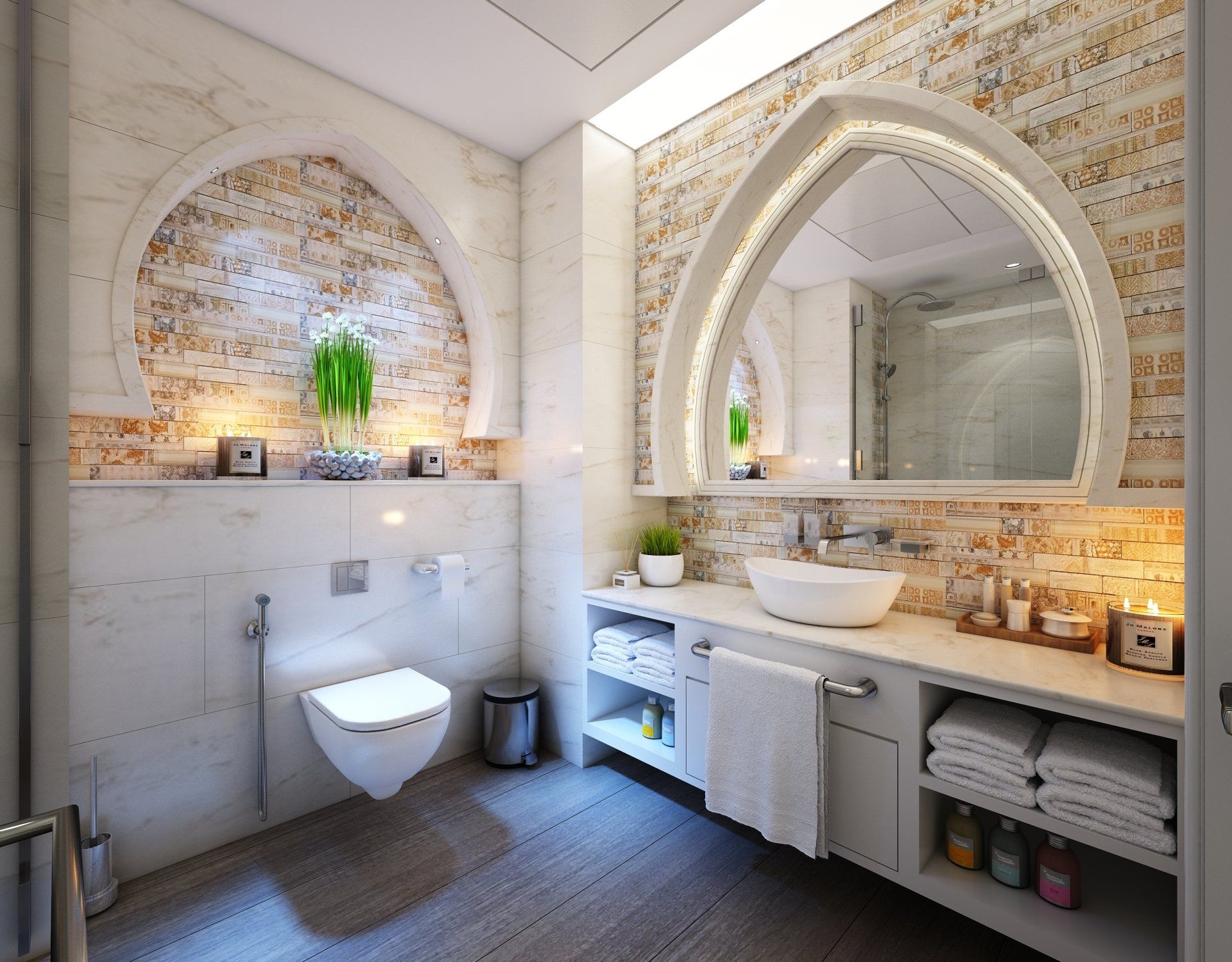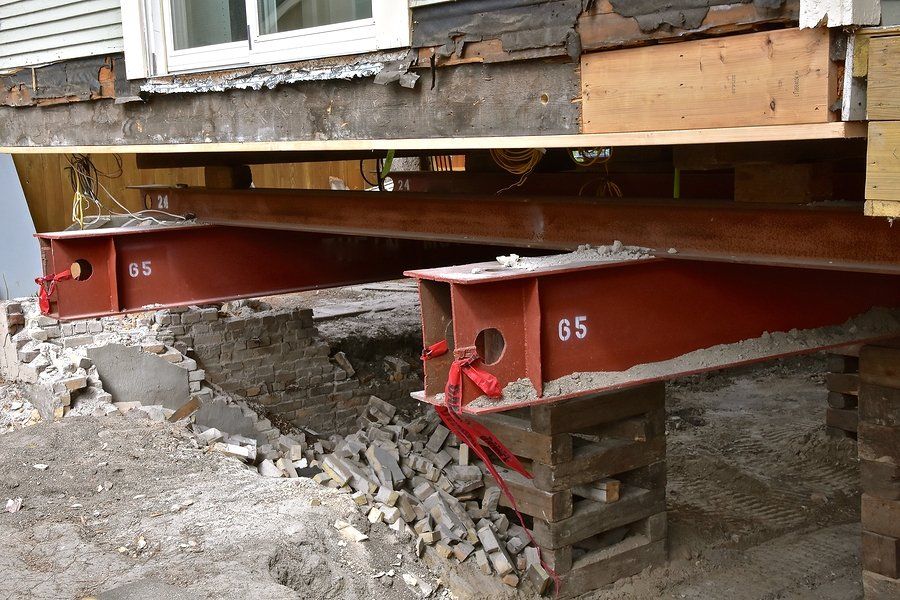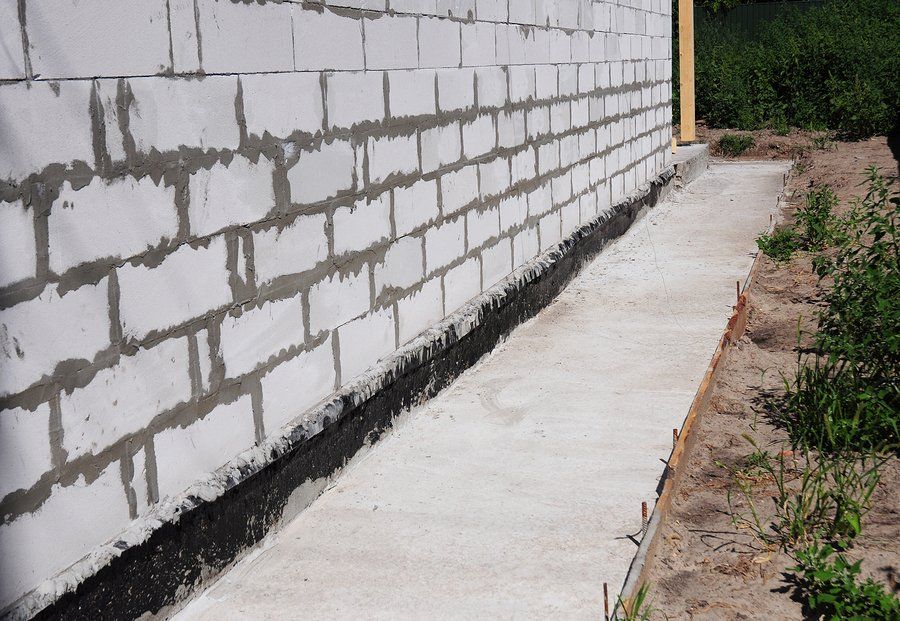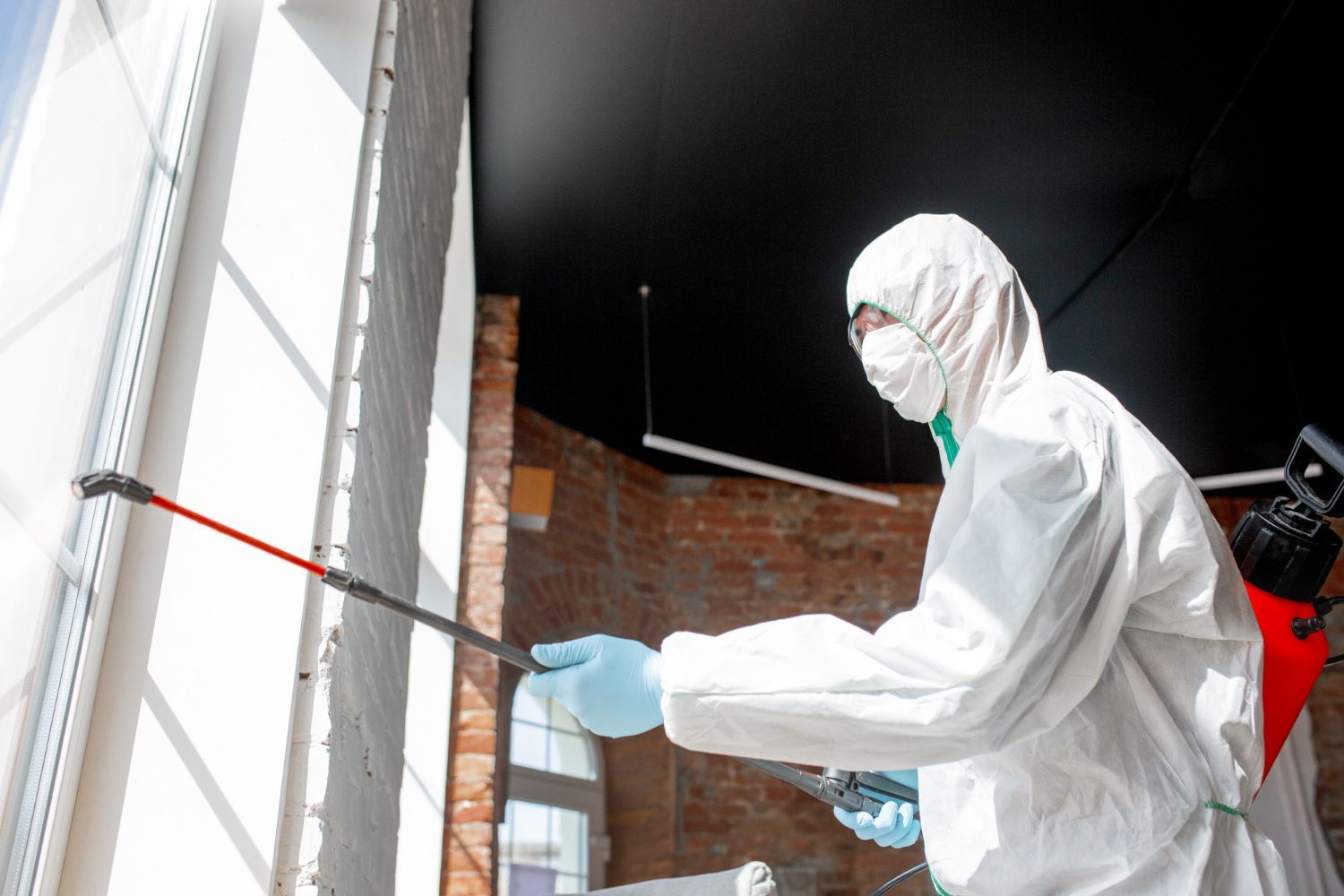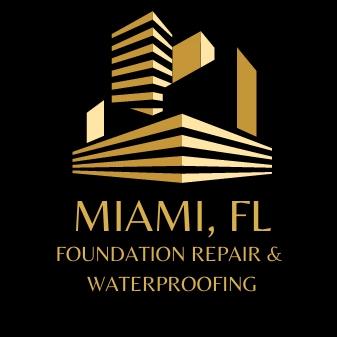The Ultimate Guide to Radon Mitigation Systems
Installation, Maintenance, and Repair
Radon, a colorless and odorless radioactive gas, is a silent threat that can seep into homes and pose severe health risks to occupants. To combat this hazard, radon mitigation systems have become a crucial addition to homes in radon-prone areas. In this comprehensive guide, we'll explore everything you need to know about radon mitigation systems, from installation and maintenance to repair. We'll also discuss different types of radon mitigation systems, passive and active, and introduce you to the professionals who can help - radon mitigation system installers.
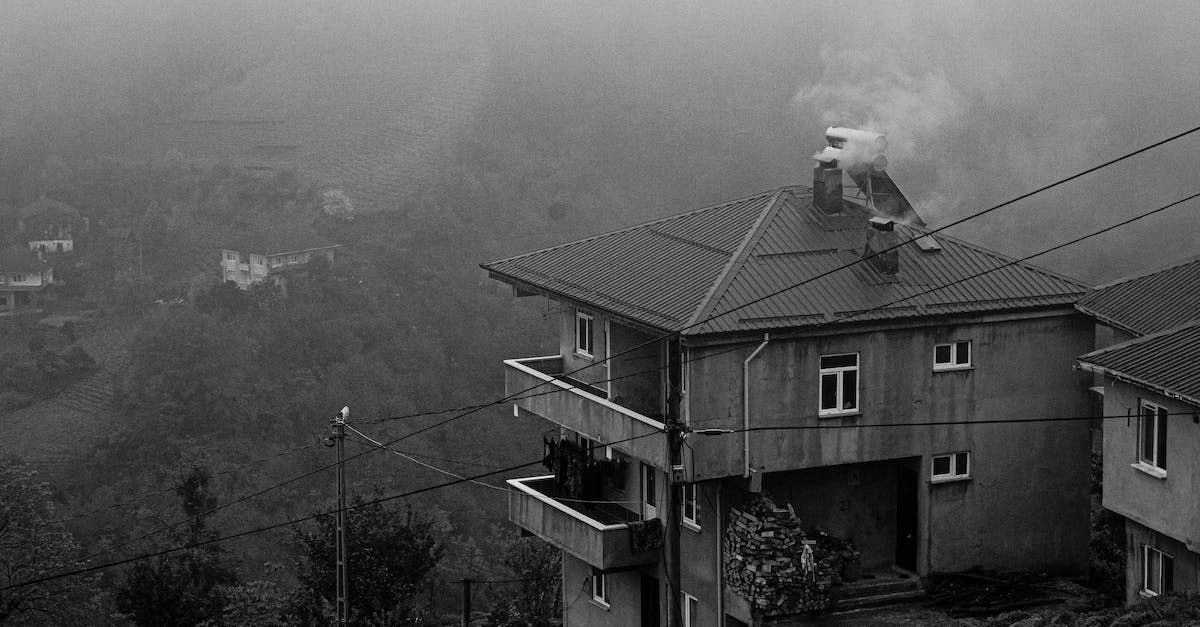
Understanding Radon and Its Risks
Before delving into radon mitigation systems, it's essential to understand the dangers of radon gas. Radon is a naturally occurring radioactive gas that forms from the breakdown of uranium in soil and rocks. It can enter homes through cracks in the foundation, walls, floors, and other openings, posing serious health risks, including lung cancer.
The Importance of Radon Mitigation Systems
2.1 Passive Radon Mitigation Systems
Passive radon mitigation systems are the foundation of radon control in many homes. These systems rely on the natural flow of air and pressure differentials to vent radon gas from the soil away from your home. They are typically installed during construction and are cost-effective.
2.2 Active Radon Mitigation Systems
Active radon mitigation systems, on the other hand, use fans or blowers to actively remove radon gas from your home. They are more effective in reducing radon levels and are suitable for existing homes. These systems require electricity to operate and are often the preferred choice when radon levels are high.
Section 3: Installation of Radon Mitigation Systems
Installing a radon mitigation system is a complex process best left to professionals. Here's an overview of the steps involved:
- Site Assessment: Radon mitigation system installers will conduct a thorough assessment of your home to determine the most suitable system type and location for installation.
- System Design: Based on the assessment, a customized system design will be created to effectively remove radon gas from your home.
- Installation: The actual installation process involves drilling holes in your home's foundation, inserting pipes, and setting up fans or blowers as needed. Proper sealing is essential to prevent radon from re-entering your home.
- Post-Installation Testing: After installation, testing is crucial to ensure that the system is effectively reducing radon levels.
Section 4: Maintenance and Servicing
Once your radon mitigation system is in place, regular maintenance is essential to ensure its continued effectiveness. Maintenance tasks may include:
- Fan Inspection: Checking and cleaning the fan or blower to ensure it is functioning correctly.
- Seal Inspection: Ensuring all seals remain intact to prevent radon gas from entering your home.
- Monitoring: Regularly monitoring radon levels to detect any unusual changes.
- Filter Replacement: If your system has a filter, it may need replacement periodically.
It's crucial to hire a radon mitigation system service company to perform these maintenance tasks, as they have the expertise and equipment required.
Section 5: Repairing Radon Mitigation Systems
Like any mechanical system, radon mitigation systems can develop issues over time. Common problems may include:
- Fan or Blower Malfunction: If the fan or blower stops working, your system will no longer effectively reduce radon levels.
- Leaky Seals: Cracks or gaps in seals can allow radon gas to re-enter your home.
- Clogged Vent Pipes: Blockages in vent pipes can impede the flow of radon gas.
If you suspect any of these issues, it's essential to contact a radon mitigation system repair specialist promptly. Attempting to repair the system yourself can be dangerous and ineffective.
Section 6: Choosing a Radon Mitigation System Installer
Selecting the right radon mitigation system installer is crucial to the effectiveness and safety of your system. Here are some tips for choosing the right professionals:
- Experience: Look for installers with a proven track record and years of experience in radon mitigation.
- Certification: Ensure the installer is certified by the appropriate authorities and follows industry standards.
- References: Ask for references and reviews from previous customers to gauge their reputation.
- Cost: Get multiple quotes and compare prices, but don't solely base your decision on cost.
- Insurance: Confirm that the installer has liability insurance to protect you in case of any accidents during installation.
Conclusion
Radon mitigation systems are your first line of defense against the dangers of radon gas in your home. Whether you need to install a new system, maintain an existing one, or require repairs, it's essential to work with experienced and certified professionals. By prioritizing the installation and upkeep of your radon mitigation system, you can ensure a safe and healthy living environment for you and your family, while minimizing the risks associated with radon exposure. Remember, your health and peace of mind are worth the investment in a radon mitigation system and the services of a reputable radon mitigation system company.

